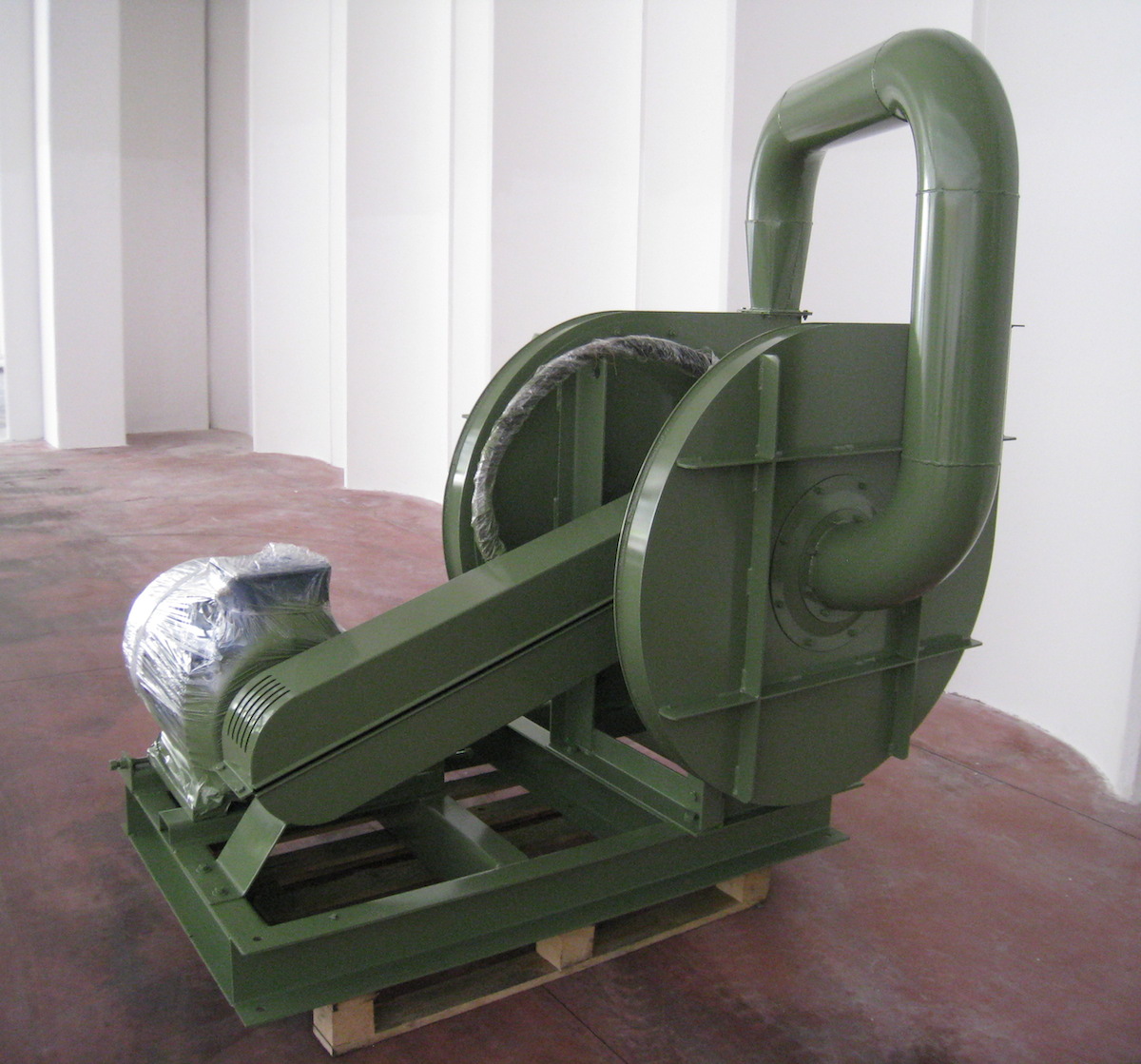 In post “Industrial Fans explained to the laymen/ non insiders”, we have provided a very simplified description of the industrial fans, and we have added an essential classification too. In this post we want to provide a more technical explanation, defining the industrial fans with more specialized terms and classifying them accordingly.
In post “Industrial Fans explained to the laymen/ non insiders”, we have provided a very simplified description of the industrial fans, and we have added an essential classification too. In this post we want to provide a more technical explanation, defining the industrial fans with more specialized terms and classifying them accordingly.
In this situation, we can define the industrial fan (hereinafter: fan) as a turbomachine that receives mechanical energy and then uses it, thanks to a bladed impeller, in order to maintain a continuous flow of air or other gas passing through it, providing a work per unit mass that is not greater than 25 kJ / kg (UNI EN ISO 13349).
There are several ways of classifying industrial fans:
Classification based on the performance of the flow in the impeller:
- Centrifugal fans: in these fans the fluid enters the impeller with axial direction and leaves it in a direction perpendicular to the axis. The double stage is a particular configuration of the centrifugal fans (see the image in evidence) in which two impellers and therefore two different stages of compression are used;
- Axial fans: in these fans the air enters and exits the impeller along surfaces that are cylindrical and coaxial with the same fan.
Classification based on the drive system:
- Belt driven Fan
- Direct driven Fan (directly coupled with the electric motor)
- A particular system is the system with the coupling joint; it typically consists of a female plus a male part. The female part is installed with a plug to the bearing block, differently the male one is installed to the shaft of the electric motor.
Classification based on the maximum pressure delivered:
- Fans with low pressure (maximum pressure delivered: about 300 mmCA)
- Fans with medium pressure (maximum pressure delivered: about 600/700 mmCA)
- Fans with high pressure (maximum pressure delivered: about 2500 mmCA)
Leave a Reply